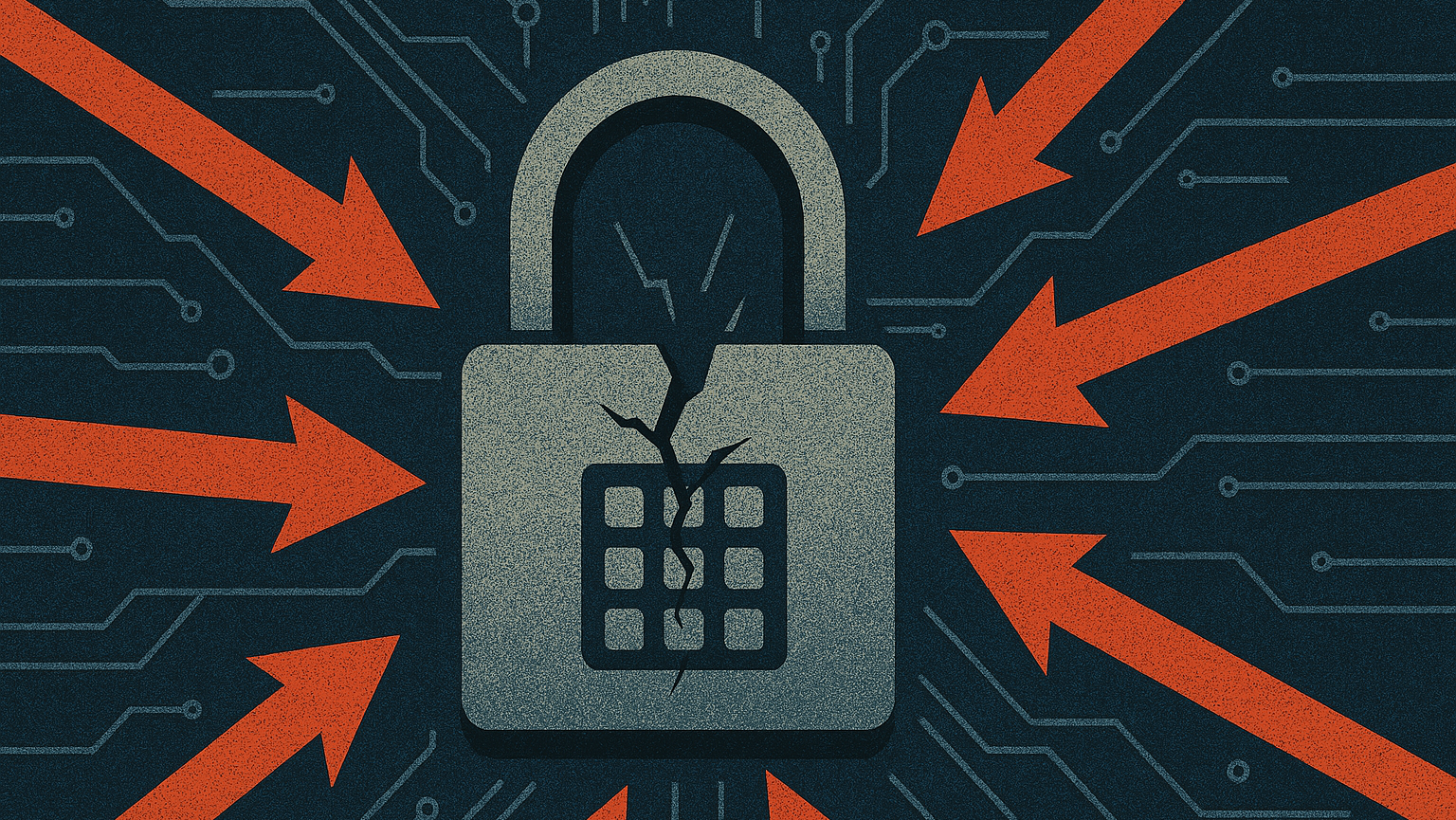Physical Address
304 North Cardinal St.
Dorchester Center, MA 02124
In today’s hyper-connected world, cybersecurity threats have evolved from occasional nuisances to persistent, sophisticated attacks that threaten organizations of all sizes. The early months of 2025 have provided stark evidence of this digital siege, with numerous high-profile breaches affecting everything from critical infrastructure to personal data.
This comprehensive guide explores the most significant recent cybersecurity incidents, analyzes emerging threat patterns, and provides actionable protection strategies for both organizations and individuals.
Table of Contents
Toggle
The cybersecurity landscape in early 2025 reveals a troubling picture – a continuous state of digital siege where organizations and individuals face constant, evolving threats. What makes this period particularly concerning isn’t just isolated incidents but the relentless barrage of sophisticated attacks targeting multiple sectors simultaneously:
This period demonstrates that cybersecurity is no longer simply an IT concern but an existential business and societal challenge requiring comprehensive, proactive defense strategies.
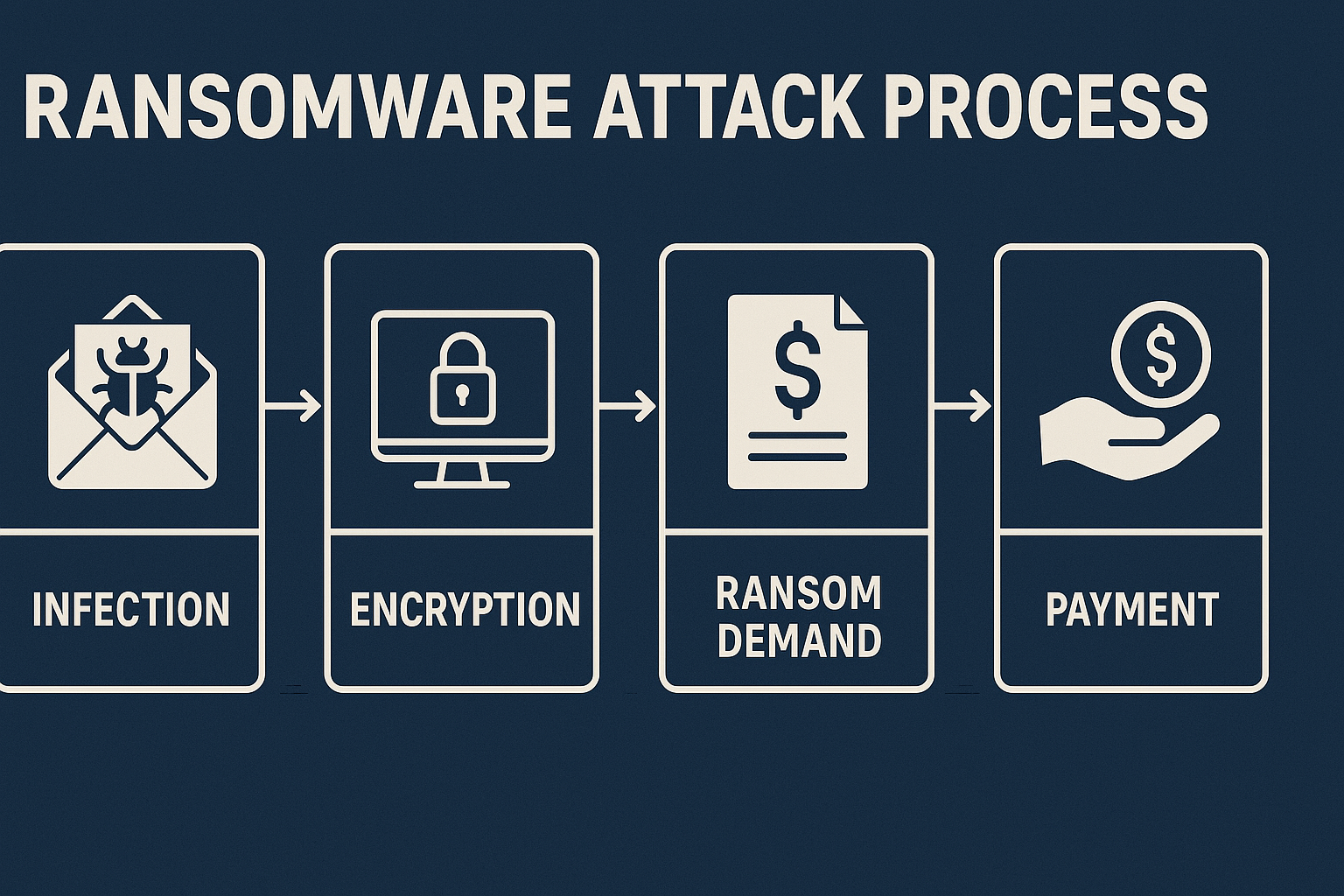
The most dramatic breach of early 2025 involved Chinese IoT company Mars Hydro, where approximately 2.7 billion records were exposed due to a basic security failure – an unprotected, misconfigured database. This breach illustrates the unique dangers posed by insufficient security in the rapidly expanding IoT ecosystem.
The exposed 1.17 terabytes of data included:
Beyond mere data exposure, this breach created potential vectors for:
This incident raises serious questions about IoT vendors who claim not to collect user data while simultaneously accumulating massive datasets – highlighting the gap between privacy notices and actual data handling practices.
Ransomware attacks remain among the most disruptive and financially damaging cyber threats, as evidenced by two major incidents:
The healthcare and social services provider fell victim to the Medusa ransomware group, which:
This major engineering and IT services firm was targeted by the Hunters International ransomware group, resulting in:
These incidents emphasize ransomware’s indiscriminate nature, targeting organizations across different sectors with increasingly sophisticated tactics designed for maximum financial leverage through operational paralysis and data extortion.
The first quarter of 2025 revealed an alarming number of critical vulnerabilities across widely used software and hardware products. Many of these weaknesses were actively exploited before patches could be deployed:
| Vendor | Product | Vulnerability Severity | Potential Impact | Explanation Status |
|---|---|---|---|---|
| Trimble | Cityworks | High | Remote Code Execution | Actively Exploited |
| Edimax | IP cameras | Critical | Remote Code Execution | Actively Exploited |
| VMware | Various Products | Critical | Privilege Escalation, Sandbox Escape | Actively Exploited |
| Cisco | Enterprise Chat | High | Denial of Service | Potential Target |
| Microsoft | Windows, Edge | Critical | Remote Code Execution | Actively Exploited |
| Free Type | Library | High | Arbitrary Code Execution | Potential Target |
| Fortinet | FortiOS, FortiProxi | Critical | Authentication Bypass | Actively Exploited |
| American Megatrends | MegaRAS BMC | Critical | Remote Server Takeover | Actively Exploited |
| Veeam | Backup & Relication | Critical | Remote Code Execution | Actively Exploited |
| NAKIVO | Backup & Replication | High | Arbitrary File Read | Actively Exploited |
The widespread nature of these vulnerabilities creates significant security challenges:
Beyond traditional attack vectors, sophisticated new methods continue to emerge that challenge conventional security measures:
A concerning trend involves attackers bypassing multi-factor authentication (MFA) through:
These developments suggest that even organizations implementing MFA require additional security layers and more sophisticated authentication approaches.
The compromise of widely used communication platforms like WhatsApp through advanced spyware attacks reveals:
Threat actors increasingly leverage artificial intelligence to create highly convincing:
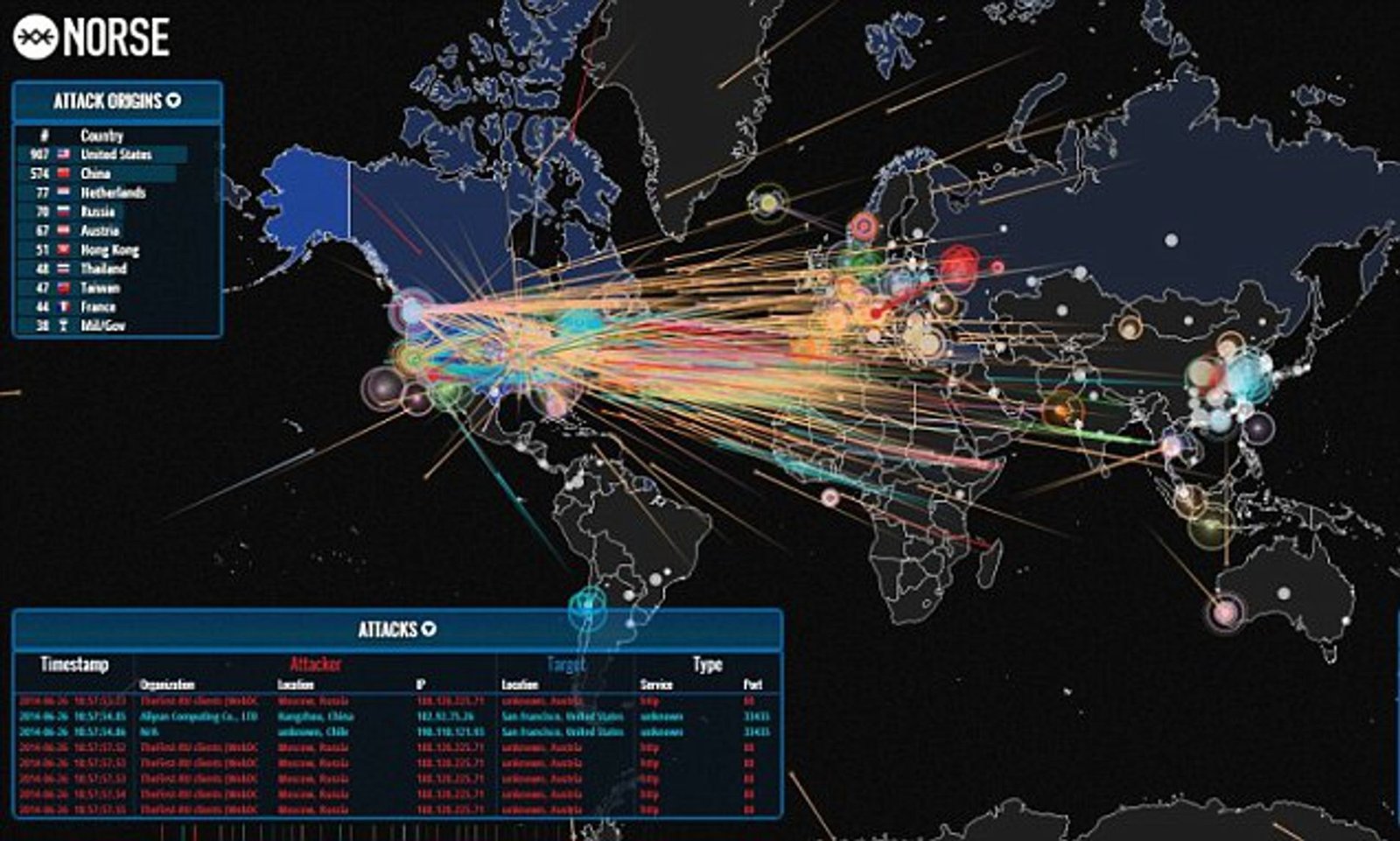
Nation-state actors continue to represent some of the most sophisticated and persistent threats in the digital landscape:
The notorious Lazarus Group has been actively targeting:
Their operations demonstrate the continued effectiveness of social engineering tactics even when targeting technically sophisticated individuals.
Other concerning nation-state activities include:
These activities reveal how cyber operations have become integrated into broader geopolitical strategies, with digital attacks serving as extensions of traditional state objectives.
The GrubHub data breach exemplifies a growing challenge in cybersecurity: third-party vulnerabilities. This incident, where attackers exploited a vulnerability in a contractor’s account to access customer and driver details, highlights several key risk factors:
GrubHub’s response, which included terminating the vendor’s access and implementing enhanced monitoring, demonstrates the necessity of having robust third-party incident response protocols.
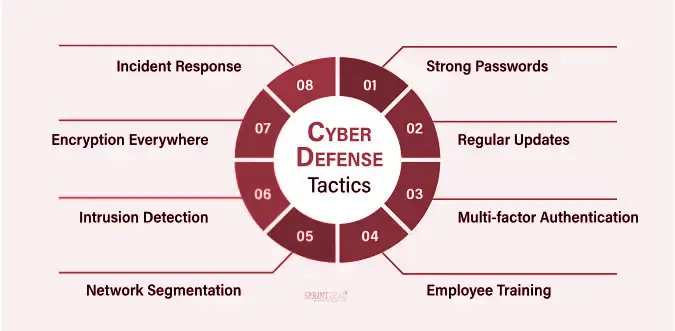
In the face of this evolving threat landscape, both individuals and organizations need comprehensive protection approaches:
Password Hygiene
Advanced Authentication
Device Security
IoT Device Protection
Awareness Training
Stay informed about emerging threats
Vulnerability Management
Advanced Threat Detection
Network Security Controls
Identity and Access Management
Data Protection
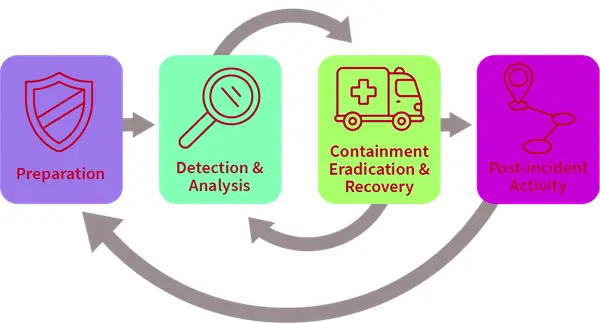
Beyond technical controls, organizations must develop comprehensive resilience strategies:
Develop and test incident response plans
Establish communication protocols
Comprehensive vendor assessment
Supply chain visibility
Leadership engagement
Employee involvement
As we look ahead, several trends are likely to shape the cybersecurity landscape:
AI-Driven Security Operations
Regulatory Evolution
Evolving Threat Landscape
The cybersecurity challenges of early 2025 make clear that security is not a static achievement but an ongoing process requiring continuous adaptation, education, and vigilance. By understanding the current threat landscape and implementing comprehensive protection strategies, both individuals and organizations can significantly reduce their risk exposure in this persistent state of digital siege.
The cybersecurity landscape of early 2025 paints a clear picture: digital systems remain under constant siege from a diverse array of threats. From massive IoT data breaches to sophisticated ransomware campaigns, from state-sponsored attacks to supply chain compromises, the variety and persistence of cyber threats demand comprehensive security approaches.
Organizations and individuals that adopt layered security strategies, remain vigilant to emerging threats, develop strong incident response capabilities, and prioritize ongoing security education will be best positioned to navigate this challenging environment. While perfect security may be unattainable, resilience is achievable through consistent, thoughtful security practices and a culture that values protection of digital assets.
As we continue through 2025, the importance of cybersecurity will only grow as digital systems become increasingly central to our personal lives, business operations, and critical infrastructure. Meeting this challenge requires not just technical solutions but organizational commitment, individual awareness, and collective responsibility.

Subscribe to our weekly newsletter below and never miss the latest product or an exclusive offer.

